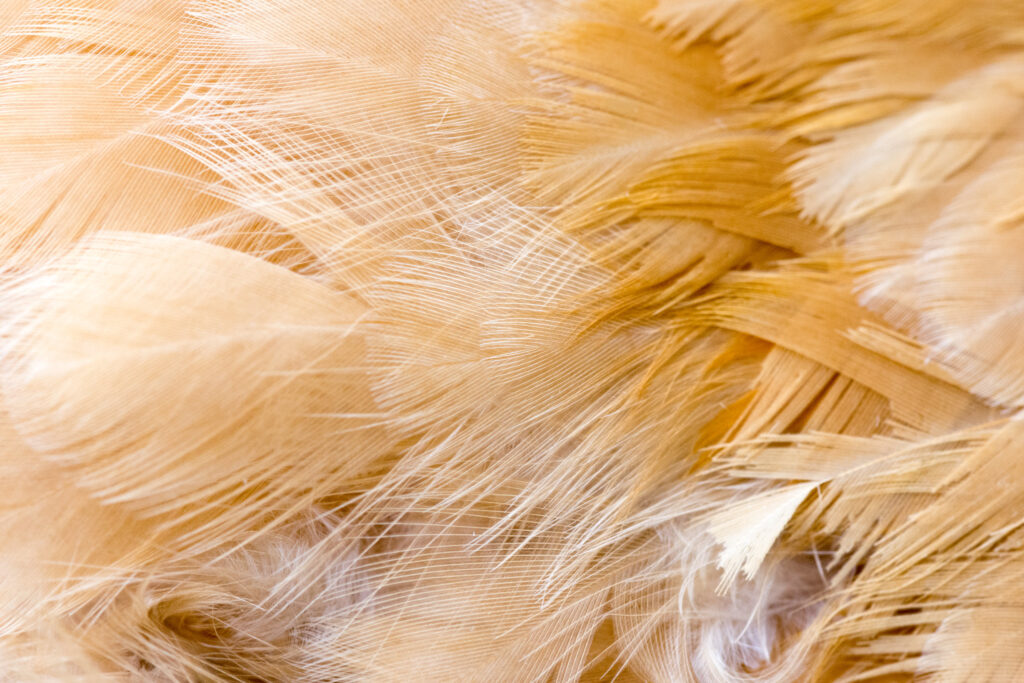
The food industry generates enormous amounts of waste and by-products. Each year, 40 million tons of chicken feathers are incinerated, causing adverse environmental effects. Not only does it release large amounts of carbon dioxide but also produces toxic gases such as sulfur dioxide.
Researchers at ETH Zurich in Switzerland and Nanyang Technological University in Singapore have developed a way to put chicken feathers to good use by using them to make fuel cells more cost-effective and sustainable.
Using a simple and environmentally friendly process, they extract the keratin from the feathers. Keratin is the protein that helps form hair, nails, the outer layer of skin, and feathers. The extracted keratin is then converted into ultra-fine fibers known as amyloid fibrils. The keratin fibrils are used in the membrane of a fuel cell.
Fuel cells generate clean energy from hydrogen and oxygen with only heat and water as byproducts. At the heart of every fuel cell is a semipermeable membrane that allows protons to pass through but blocks electrons, thereby producing an electric current. Fuel cells are the primary way hydrogen is used to directly generate electricity. Hydrogen cars run on fuel cells.
Conventional fuel cells typically use membranes made from highly toxic chemicals. The new ETH membranes essentially replace these toxic substances with biological keratin.
The researchers are investigating how stable and durable their keratin membrane is and to improve it if necessary. The team has already applied for a joint patent and is looking for partners and investors to further develop the technology and bring it to market.
**********
Web Links
Generating clean electricity with chicken feathers
Photo, posted July 10, 2016, courtesy of Matthew Bellemare via Flickr.
Earth Wise is a production of WAMC Northeast Public Radio
Leave a Reply